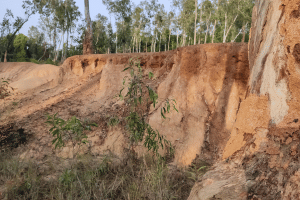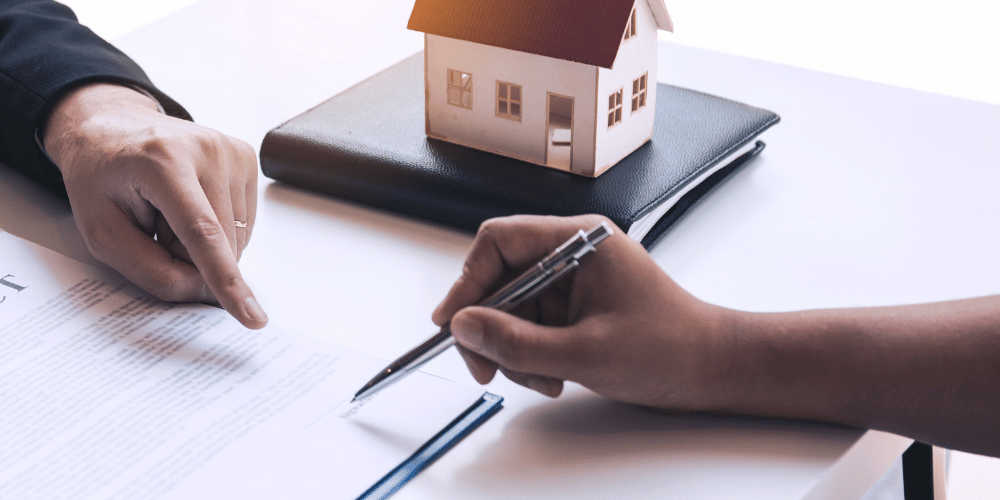
Understanding the Real Estate Market: Key Metrics and Statistics
Navigating the real estate market can be complex, whether you’re a buyer, seller, investor, or industry analyst. One of the keys to understanding this dynamic market is to familiarise yourself with the various metrics and statistics that measure real estate activity.
These indicators provide invaluable insights into market trends, pricing dynamics, and overall economic health.
We’ll cover some of the most common metrics used in real estate analysis to help stakeholders better understand this dynamic market.
1. Sales Volume
Sales volume indicates the total number of properties sold in a specific period. This metric is a primary measure of market activity. Relatively high sales volumes often point to a robust market, while lower volumes may signal a slowdown.
A number of organisations offer this data in Australia, usually by state or even postcode for a laser focused lens on particular areas of interest:
- HtAG
- CoreLogic

2. Median Sale Price
The median sale price identifies the middle value in a list of property sale prices. This metric offers a realistic snapshot of the market’s pricing level, avoiding the skewing effect of extremely high or low prices.
3. Average Sale Price
The average sale price is calculated by dividing the total value of all sales by the number of transactions.
The average sale price provides a broader perspective of the market’s general pricing trends.

4. Days on Market (DOM)
As its name suggests, DOM tracks the number of days a property spends on the market before being sold.
Shorter DOM periods typically indicate a seller’s market, whereas longer DOMs suggest a buyer’s market.
5. Listing Inventory
Inventory is the count of the number of properties which are actively marketed and listed for sale, also referred to as “active listings” or “homes for sale.”
Understanding the number of properties available for sale at any given time helps gauge the supply side of the market equation.
6. Absorption Rate
The absorption rate is a real estate metric that assesses how quickly homes are being sold in a particular market over a set period. It is determined by dividing the number of homes sold during that time by the total available homes.
Additionally, this formula can be flipped to determine how long it would take to sell the existing supply.
This rate measures the speed at which the market is ‘absorbing’ or selling off its current inventory, offering insight into market demand.
7. Price per Square Metre (or Square Foot)
This metric is calculated by dividing the sale price by the property’s total square metres (or footage).
This metric is handy because it allows for a direct comparison between different properties of varying prices and floor space.
8. Rent Prices and Yields
Rental yield is calculated by subtracting the total costs of your investment from the income generated by renting out your property. Typically represented as a percentage, a higher yield indicates increased cash flow and a more favourable return on investment.
For investment properties, monitoring rent prices and yields (rental income as a percentage of property value) is crucial.

9. Foreclosure Rates
Foreclosure happens when a lender seizes a property because the person who took out a mortgage fails to make the required payments.
Foreclosure involves a legal procedure where the property’s title is transferred from the homeowner (borrower) to the lender, who then sells the property.
The purpose of selling the property is for the lender to recover the outstanding loan amount.
The process is usually lengthy and doesn’t simply occur because a homeowner misses just one repayment; it occurs with more substantial lapse in payments.
The number of properties in foreclosure can indicate both the health of the real estate market and broader economic conditions.
10. Mortgage Interest Rates
Mortgage interest is the cost a lender charges for taking the risk of lending you money. The mortgage interest rate directly affects your repayments – the higher the interest rate, the bigger your payments will be.
This is why mortgage interest rates on home loans significantly influence buyer demand and market dynamics.
11. Construction Starts
The number of new building projects indicates future supply and market confidence.
The Proptech Cloud’s data listing contains statistics for Australian construction activity helpful for planning, demand forecasting and construction cycle timing.
The Australian government publishes building activity visualisations which shows dwelling construction trends over time, and the Australian Bureau of Statistics provides estimates of value of building work and number of dwellings commenced, completed, under construction and in the pipeline.

12. Building Permits Issued
Building permits are papers which confirm that a planned building follows the rules set by authorities. It’s a written approval from a building surveyor, either private or municipal.
This statistic reflects the level of future construction activity and developer sentiment.
13. Vacancy Rates
Vacancy rates indicate how many rental homes in an area are currently empty and available for rent. To find this rate, take the number of empty homes in that area and divide it by the total number of homes available for rent.
In rental or commercial properties, the percentage of unoccupied units at a given time can signal market health.
14. Capitalisation Rate (Cap Rate)
Especially relevant in commercial real estate, the cap rate helps estimate the return on an investment property.
To find the cap rate, take the property’s yearly income (after subtracting expenses) and divide it by the property’s value. This rate is useful for comparing how good of an investment a property is compared to others in the same area.
If a property has a higher cap rate, it means there’s more risk involved. And usually, when the cap rate is higher, the property’s value is lower because its yearly income is less.

The Use of Property Metrics and Statistics
These metrics provide distinctive perspectives on the real estate market. Depending on your role—whether you’re a buyer, renter, investor, realtor, or other stakeholder in real estate—each metric carries unique value, caters to different requirements, and provides diverse insights.
By understanding and analysing these indicators, stakeholders can make more informed decisions, predict market trends, and grasp the market’s broader economic implications.
Regardless of whether you’re a seasoned professional or a curious observer, keeping an eye on these statistics is key to understanding the complexities of the real estate world.
Subscribe to our newsletter
Subscribe to receive the latest blogs and data listings direct to your inbox.












